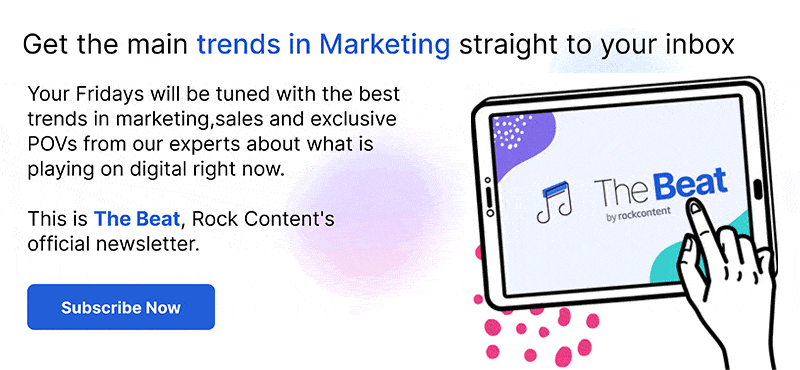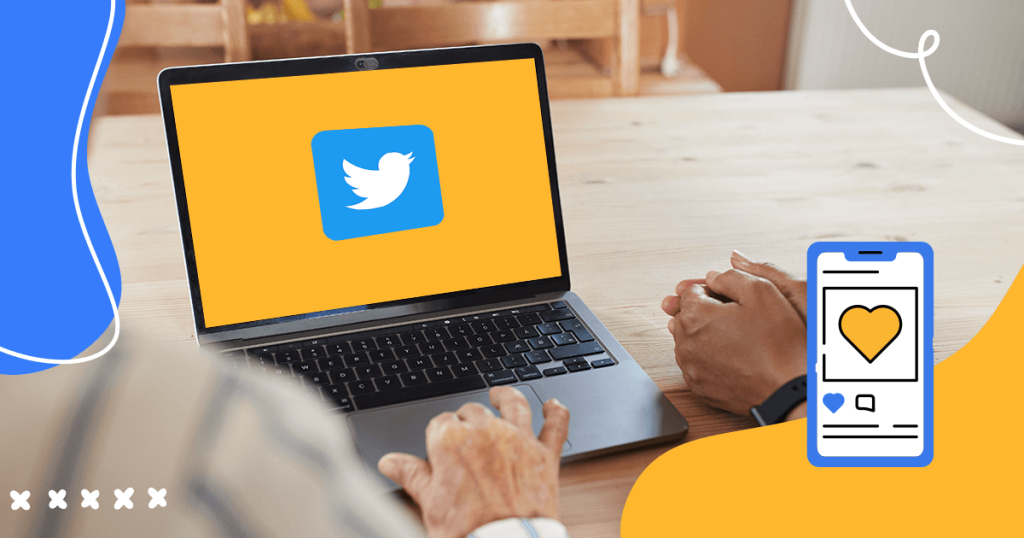Certainly, 2022 was not a monotonous year for the blue bird social network. In addition to all the controversies that are usually the subject of Twitter, from celebrities to politics, the biggest issue was the network itself, acquired by Elon Musk after a veritable saga involving its purchase.
But the moves did not stop there. The new owner continued to be controversial, firing hundreds of employees, promising dubious changes and suspending accounts of journalists who were critical of his actions.
— Elon Musk (@elonmusk) November 18, 2022
One of the latest changes promised by Elon Musk is the character limit. He intends to increase the capacity of tweets from 280 to 4000 characters, mischaracterizing the network’s main attribute: being a microblogging service.
In the following paragraphs, check out everything that happened on Twitter in 2022 involving its sale, the known consequences so far and how brands can react.

Elon Musk starts buying Twitter shares
It all started in January, when Elon Musk started buying Twitter shares almost daily, reaching 5% of the social network in March. Upon reaching that limit, Musk should publicly disclose the purchase, according to the United States Securities and Exchange Commission.
However, Musk delayed the formal disclosure, which took place only in April. This maneuver allowed him to acquire another 4.2% of Twitter stock before the news caused the stock price to increase.
By owning 9.2% of the social network, Elon Musk became its largest shareholder. As a result, he was appointed to the company’s board of directors, but declined the invitation, even after tweeting several proposed changes on his personal account.
Do you want an edit button?
— Elon Musk (@elonmusk) April 5, 2022
Twitter is sold for $44 billion
Also in April, Elon Musk offered to buy Twitter for $44 billion, a proposal accepted by the board from the company. However, in May, Musk halted the purchase and, in July, informed us of his plans to revoke the offer when questioning the number of fake and disengaged users of the network.
A legal battle then began for the entrepreneur to honor his initial proposal and acquire the social network. The dispute lasted until October, when Musk fulfilled the agreement and acquired Twitter for the amount initially offered, after a deadline stipulated by the American court.
Musk initiates dozens of changes at Twitter
The social network was already working on implementing some features, such as the edit button and the possibility of opting for a chronological feed.
Musk’s entry, however, brought many more controversial changes. They include:
COVID-19 Misinformation Policy
Almost a month after Elon Musk purchased Twitter, the social network reported that it would no longer apply the policy of misleading information about COVID-19.
In practice, the site will no longer flag tweets that spread misinformation on the subject, causing concern among users, the press and public bodies, as it is one of the most popular social networks worldwide.
Twitter Blue
After a disastrous attempt to make verified accounts available to any user – without any information verification – Twitter has returned with this possibility. Twitter Blue allows users to purchase the blue badge for $8 a month. If the purchase is made via iOS, the amount increases to $11 per month.
we’re baaaack! Twitter Blue is now available for $8/month on web or $11/month on iOS – we’ve made some upgrades and improvements 🧵 pic.twitter.com/uRMuwCSElb
— Twitter Blue (@TwitterBlue) December 12, 2022
The product is not yet available for all countries. But, to buy a blue stamp, it will only be necessary to authenticate the cell phone number and the user cannot change information such as their photo and name in the seven days prior to the purchase.
In addition to the changes regarding the blue seal, colored seals were also created, which are still being implemented: gold for business and gray for governments and multilateral accounts.
Character Increase
Another recently announced change is the character increase. In response to a user on Twitter, Elon confirmed that the network will increase the text limit from 280 to 4000 characters.
The change has not yet appeared and it is not known when and how it should happen. However, it seems to be related to trying to influence users to use the tool itself to share larger texts, instead of resorting to screenshots of text apps.
Yes
— Elon Musk (@elonmusk) December 11, 2022
Links to other social networks were banned
The site also announced that it will prohibit the inclusion of links to other social networks in tweets, with the purpose of promoting them. Among the affected networks would be Facebook, Instagram, Mastodon, Truth Social, Tribel, Post and Nostr.
So-called cross-posting, such as including YouTube videos in a Tweet, will not be prohibited.
The controversies surrounding the platform continue
In addition to the announced changes, often on Musk’s own account, Twitter also experienced internal problems after his arrival.
One is the mass resignation via email, followed by a wave of sudden resignations. Amid so much confusion, the Human Resources area of Twitter had to create a new internal category, “accidental termination”, since vital areas were left without employees
Moreover, the Trust and Safety Council, a council created to help combat hate speech on the platform, was dissolved. As a result, the social network already appears to be facing a growing wave of hate speech, which has increased dramatically under the administration of Elon Musk, according to a survey by groups such as the Center for Countering Digital Hate and the Anti-Defamation League.
Another controversy, this time involving users, was the banning of accounts by journalists from publications such as The New York Times and the Washington Post, who issued opinions contrary to Musk’s ideas.
This action was heavily criticized, including by European public bodies, as it violates press freedom. An example is the tweet by Vera Jourova, Vice President of Values and Transparency at the European Commission:
News about arbitrary suspension of journalists on Twitter is worrying. EU’s Digital Services Act requires respect of media freedom and fundamental rights. This is reinforced under our #MediaFreedomAct. @elonmusk should be aware of that. There are red lines. And sanctions, soon.
— Věra Jourová (@VeraJourova) December 16, 2022
Elon Musk justifies his actions under the guise of improving Twitter’s performance and reaching more users.
However, it has caused confusion wherever it goes. Either by suddenly implementing ideas without considering their consequences, or by creating an environment more conducive to extremist opinions.
Yesterday Musk opened a poll on Twitter asking the community if he should step down as CEO of the company. He promised to abide by the results of the poll. The majority of people answered “yes”. Let’s see what happens next.
What can marketers expect for 2023?
With so many news, many negative ones, Twitter seems to end the year without knowing how the next one will be. And for Marketing professionals it is no different, it is difficult to understand the directions that the network is taking.
One of everyone’s biggest concerns is that Twitter makes its rules so flexible that it becomes a fertile ground for fake news and hate speech.
In addition to analyzing whether a social network delivers the results that a brand intends to achieve, it is important to understand how being present in this environment can have harmful consequences.
After all, no company wants to be part of a network that propagates extremist content and misinformation.
It is up to us, therefore, to continue to monitor the developments and reassess the investment in the social network of the blue bird – at least until it returns to being a stable and secure environment for brands and users.
As an alternative, for those brands that see sense in maintaining a presence on a microblogging social network, it is possible to evaluate the migration to sites that have emerged as possible substitutes: Mastodon and Koo.
Remember to plan this change and understand if it really makes sense for your audience and your Marketing goals. In the end, it is up to the brands to define where and when to produce content, paying attention to the consequences of this decision.
Do you want to continue to be updated with Marketing best practices? I strongly suggest that you subscribe to The Beat, Rock Content’s interactive newsletter. There, you’ll find all the trends that matter in the Digital Marketing landscape. See you there!







